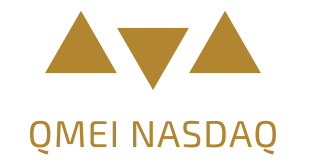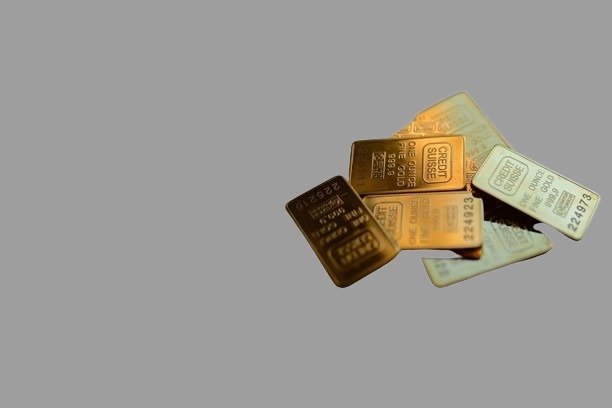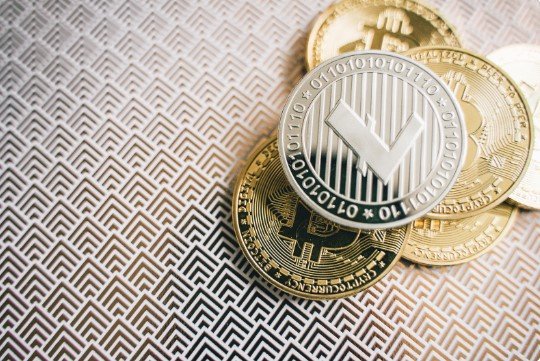In the unpredictable landscape of financial markets, investors perennially seek refuge in assets that offer stability and act as a hedge against economic downturns. Among these assets, gold has emerged as a time-tested contender, renowned for its intrinsic value, historical significance, and perceived resilience during times of recession.
Understanding Gold’s Historical Role
To comprehend the effectiveness of gold as a hedge, one must delve into its historical role. Historically, gold has held a central position in monetary systems, serving as the anchor for currencies under the gold standard. Although modern economies have shifted away from this standard, the historical significance of gold as a store of value persists.
The Gold Standard Era
During the gold standard era, currencies were directly linked to gold, establishing a fixed exchange rate. This period provided a tangible connection between currency and a physical commodity, imparting a sense of stability to financial systems. Even as economies transitioned from the gold standard, the historical role of gold as a trusted asset endured.
Gold as a Safe-Haven Asset
Intrinsic Characteristics
Gold possesses distinctive qualities that align with the criteria of a safe-haven asset. Its scarcity, indestructibility, and universal appeal contribute to its intrinsic value. Investors historically turn to gold during times of uncertainty, seeking a tangible and stable asset that is not subject to the volatility of fiat currencies.
Lack of Correlation
One of the key attributes that enhance gold’s appeal is its low correlation with traditional financial assets. Unlike stocks and bonds, which may exhibit simultaneous fluctuations during economic crises, gold and other precious metals often moves independently. This lack of correlation makes gold an attractive option for diversifying investment portfolios, offering a potential shield during market turbulence.
The Digital Gold Paradigm
In the contemporary landscape, gold has garnered the moniker of “digital gold.” This refers to its role as a store of value in the digital age, akin to the way gold historically preserved wealth. With a finite supply and immunity to the challenges of modern fiat currencies, gold stands as a bastion of stability, attracting investors seeking a reliable hedge.
Gold’s Role in Portfolio Diversification
Spreading Risk
Diversification is a fundamental tenet of prudent investment strategy. By spreading investments across different asset classes, investors aim to reduce risk. Gold, with its low correlation to traditional assets, becomes a valuable tool in achieving portfolio diversification. During economic downturns, the stability of gold may counterbalance losses in other sectors.
Optimal Allocation
Financial experts such as Quantum Metal often recommend allocating a portion of a portfolio to gold, typically ranging from 5% to 10%. This allocation is based on the premise that a modest exposure to gold can enhance the overall risk-adjusted returns of a portfolio.
Final Words: The Nuanced Role of Gold
In conclusion, the question of whether gold is a reliable hedge against recession is nuanced. While historical patterns and inherent characteristics affirm its status as a safe-haven asset, the intricate dynamics of financial markets demand careful consideration. Investors, in their pursuit of financial resilience, should thoughtfully assess individual objectives and market conditions before embracing gold as a cornerstone in their portfolios.
This comprehensive exploration aimed to unravel the complexities surrounding the role of gold as a hedge against recession. By examining historical contexts, scrutinizing essential characteristics, and addressing common queries, readers are equipped with a holistic understanding of the potential impact of gold in navigating the uncertainties of economic downturns. As we navigate the intricacies of the financial world, gold remains a steadfast contender in the pursuit of stability and wealth preservation.










Leave a Reply